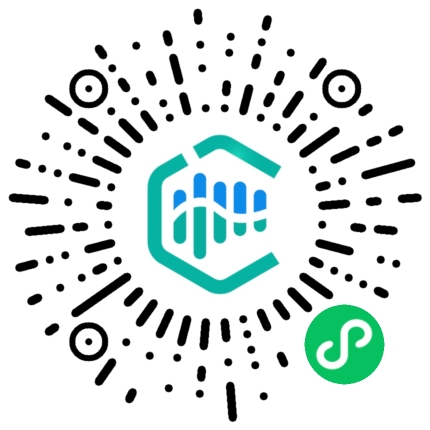
在自身免疫性疾病中,免疫系统会错误地攻击人体自身的结构。
In autoimmune diseases, the immune system mistakenly attacks the body's own structures.
来自基尔、莱尔贝克和柏林的一个研究小组现在已经成功地利用他们开发的一种精确分析致病性免疫细胞的方法。
A research team from Kiel, Lübeck and Berlin has now succeeded in analyzing certain pathogenic immune cells more precisely using a method they developed.
他们发现这些细胞有时会切换到休眠(所谓的“耗尽”)状态长达数年,对抗现有的治疗药物。
They discovered that these cells can sometimes switch to a dormant (so called “exhausted”) state for years, making them inaccessible to existing therapeutic approaches.
如果这些细胞回到活跃状态,它们会触发更多的免疫细胞攻击身体自身的结构,从而重新引发疾病。
If the cells then switch back to an active state, they trigger further immune cells to attack the body's own structures and thus reignite the disease.
这个跨学科的研究小组最近在《免疫》杂志上发表了他们的研究结果。
The interdisciplinary research team recently published its findings in the journal “Immunity”.
研究人员检查了患有三种自身免疫性疾病之一的患者的血液样本,其中免疫系统所针对的结构是已知的。
The researchers examined blood samples from patients who had one of three autoimmune diseases in which the structures against which the immune system is directed are known.
使用他们开发的一种方法(抗原反应性T细胞富集,ARTE),他们能够从血液中大量不同的免疫细胞中选择性地富集和分析罕见的自身反应性免疫细胞。
Using a method they developed (antigen-reactive T cell enrichment, ARTE, see below), they were able to selectively enrich and analyze the rare autoreactive immune cells from the large number of different immune cells in the blood.
令人惊讶的是,其中一些处于休眠状态,在科学上被称为'耗尽',在某些情况下,这种状态在血液中循环多年。
Surprisingly, some of them are in a dormant state, known in science as “exhausted”, and in some cases circulate in the blood in this state for years.
然而,在自身免疫性疾病中,休眠状态也意味着这些细胞逃避了旨在抑制过度反应的免疫系统的常规治疗。
In autoimmune diseases, however, the dormant state also means that these cells escape the usual therapies aimed at suppressing the overreactive immune system.
这意味着治疗通常有效并抑制自身免疫反应的症状,但一些致病性T细胞在休眠状态下存活。
This means that the therapy often works and suppresses the symptoms of the autoimmune reaction, but some of the pathogenic T cells survive in the dormant state.
如果一些休眠细胞被重新激活,可能是由于感染或环境因素,它们可以重新启动整个疾病过程。
If some of the dormant cells are reactivated, presumably by infections or environmental factors, they can switch the entire disease process back on.
这一结果解释了为什么目前的治疗方法不能提供持久的预防复发的保护。
This observation explains why current therapies do not offer lasting protection against relapses
Original publication
Carina Saggau, Petra Bacher, Daniela Esser, Mahdi Rasa, Silja Meise, Nicola Mohr, Nora Kohlstedt, Andreas Hutloff, Sarah-Sophie Schacht, Justina Dargvainiene, ... Klaus-Peter Wandinger, Kilian Schober, Roland Martin, Friedemann Paul, Frank Leypoldt, Alexander Scheffold; "Autoantigen-specific CD4+ T cells acquire an exhausted phenotype and persist in human antigen-specific autoimmune diseases"; Immunity







































 浙公网安备33011002015279
浙公网安备33011002015279
 本网站未发布麻醉药品、精神药品、医疗用毒性药品、放射性药品、戒毒药品和医疗机构制剂的产品信息
本网站未发布麻醉药品、精神药品、医疗用毒性药品、放射性药品、戒毒药品和医疗机构制剂的产品信息
收藏
登录后参与评论